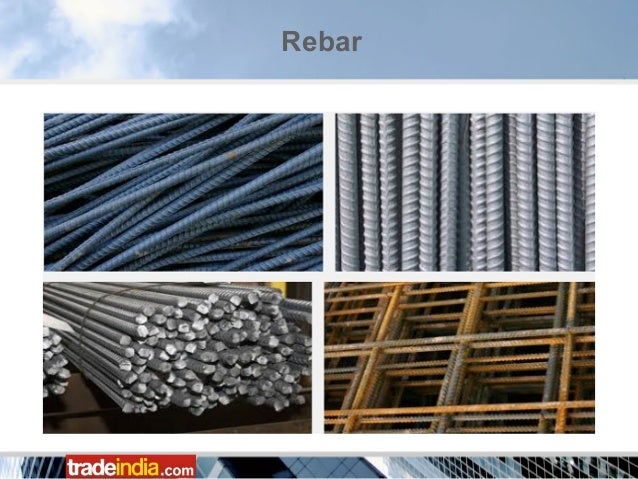
Building Construction Materials
When it comes to the future of construction, what building materials will we be using in 2050? We've investigated some potential new material combinations.
Unitech Qatar for Building & Construction Materials LTD. WLL is a major supplier of building & construction materials established in Doha in the year 2003 to serve the building and construction sector in Qatar. The company employs a high caliber of engineers and specialists in the field, providing top-notch services to its valuable clients in Qatar.
Combining unparalleled experience & comprehensive solutions across all industries and business functions, its “high performance business” strategy in addition to its expertise ensure delivering best value products to its clients.
Na splošno se funkcionalnost 2GIS ni bistveno razlikovala od konkurence. V glavnem oknu zemljevida lahko spremenite povečavo, položaj, pot, ogled priljubljenih in možnosti za prenos geodetov v druge aplikacije. S to možnostjo lahko označite mesta, ki ste jih obiskali, delite priljubljeno vsebino ali poiščete osebe na zemljevidu prijateljevega prijatelja. Priročno, še posebej, če živite v velikem mestu, kot sta Moskva in Kijev. Komuniciranje z razvijalci. Zaposleni v storitvi 2GIS nenehno prizadevajo izboljšati in dodati povratne informacije stranki. V našem življenju so pogosto telefonski pogovori, ki vsebujejo pomembne informacije, vendar ne vedno z beležnico s peresom, da ga zapišete. Pomočniki v takih situacijah bodo zahtevali samodejno snemanje telefonskih klicev. Bazi 2gis v excel torrent pdf.
In ideal environments, most common construction materials are very durable and can last indefinitely. However, design or construction deficiencies or lack of proper maintenance can result in less-than-ideal conditions under which construction materials will degrade. Degradation can take many forms, including chemical reactions, consumption by living organisms, and erosion or mechanical wear. Traditional building materials – steel, concrete, and wood – usually deteriorate and fail via well-known mechanisms. Even innovative materials that appear on construction sites can degrade, either by these well-understood mechanisms or through exotic, sometimes surprising, reactions and processes.
Best autodesk inventor fusion 2013 r1 download 2016 torrent 2016 download. This function can be applied to individual or multi-selected mesh features or mesh feature folders. After installing Mesh Enabler, right click on one or more imported mesh features of interest, and convert them into Base features (solids, surfaces, or composites) through a new context menu command.
Services Our services include: • Site investigation of deteriorated construction materials, including engineering analysis of the nature and extent of damage and possible repairs • Laboratory testing of construction materials to determine the nature of the degradation and root cause of the problem • Evaluation of designs to protect materials from aggressive environments, including corrosion protection, concrete mixes, and weatherproofing details. Steel – Corrosion is the most common and expensive form of material degradation for construction steels, including concrete reinforcement. Department of Transportation estimates that the annual direct cost of corrosion in the United States is a staggering $276 billion. Steel corrosion (rusting, or oxidation) is an electrochemical reaction that occurs when iron atoms loose electrons in the presence of oxygen and water. The most effective and common procedure for preventing or slowing corrosion is to prevent contact with water, either by coatings or by protecting it within a viable building envelope. Concrete – Concrete is a composite material composed of a cement (most commonly Portland cement and fly ash), a fine aggregate (sand), a coarse aggregate (gravel or crushed stone), and sometimes chemical admixtures.
Water reacts with (hydrates) the cement around the aggregate to form a solid, bonded conglomerate. While concrete is a relatively inert and durable building product, there are mechanisms by which it can degrade. Perhaps the most common is not degradation of the concrete material itself, but corrosion of the embedded steel reinforcement. When the steel corrodes, it expands and damages the concrete, often resulting in delamination and spalls.

Other degradation mechanisms include sulfate attack and alkali silica reaction (ASR). Prevention of these degradation mechanisms at the time of construction is typically done by designing a resistant concrete mix or protecting the concrete from aggressive environments; after the damage has progressed, the problem becomes much more complicated – and expensive – to solve. Wood – Unlike steel and concrete, whose chief degradation mechanisms are chemical reactions, the principal degradation mechanisms for wood are biological attack, namely decay and termites. Decay fungi feed on wood and require oxygen, mild temperatures, and moisture to thrive. Most damaging fungi affect wood only when the moisture content is above the fiber saturation point, so preventing decay is usually a matter of keeping moisture away.
Several species of termite can damage wood, but most damage is due to subterranean termites. The usual method for preventing subterranean termite infestation is to prevent access; that is, isolating wood from the ground surface and thereby denying the termites a bridge to the structure. Read More Read Less.